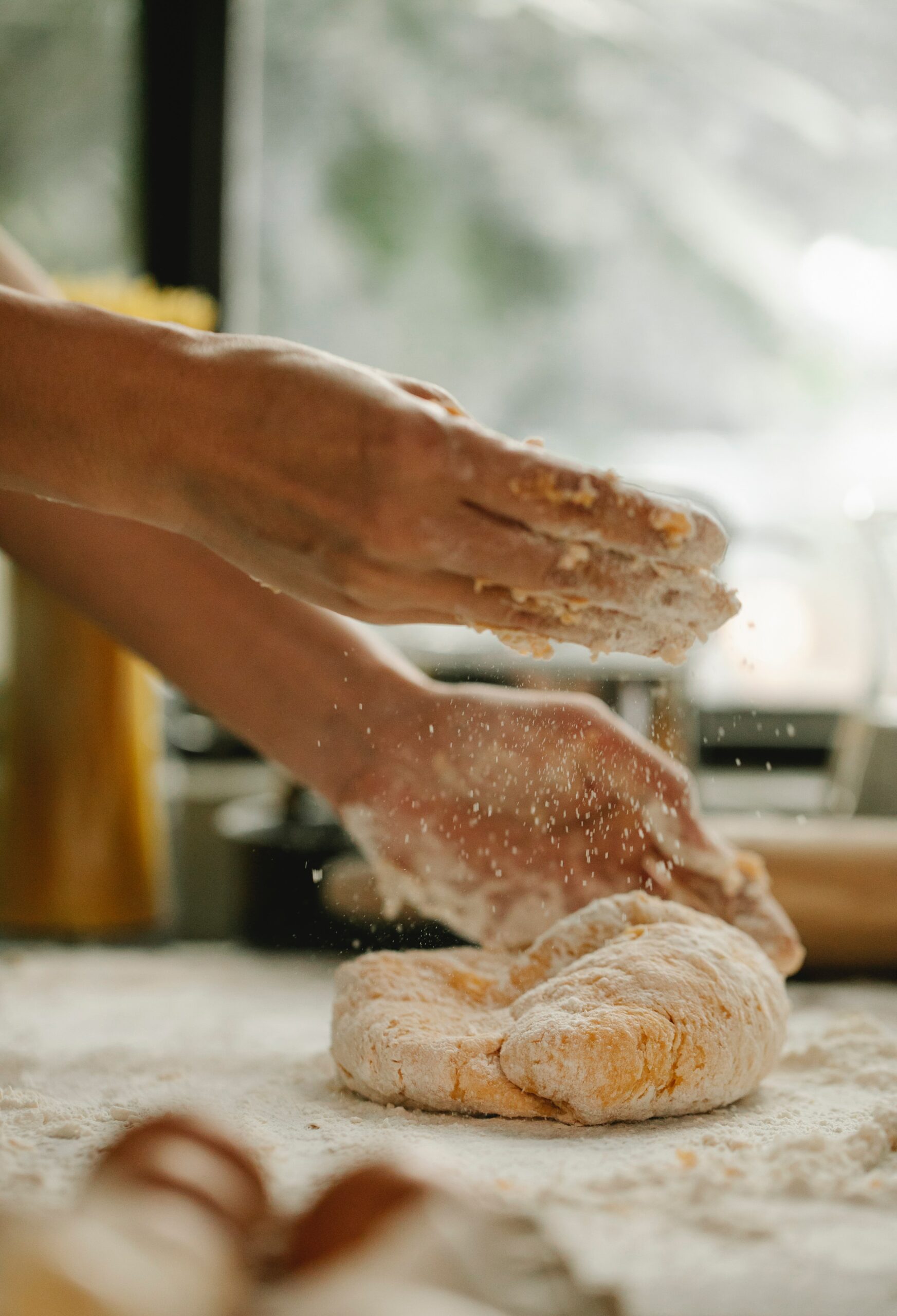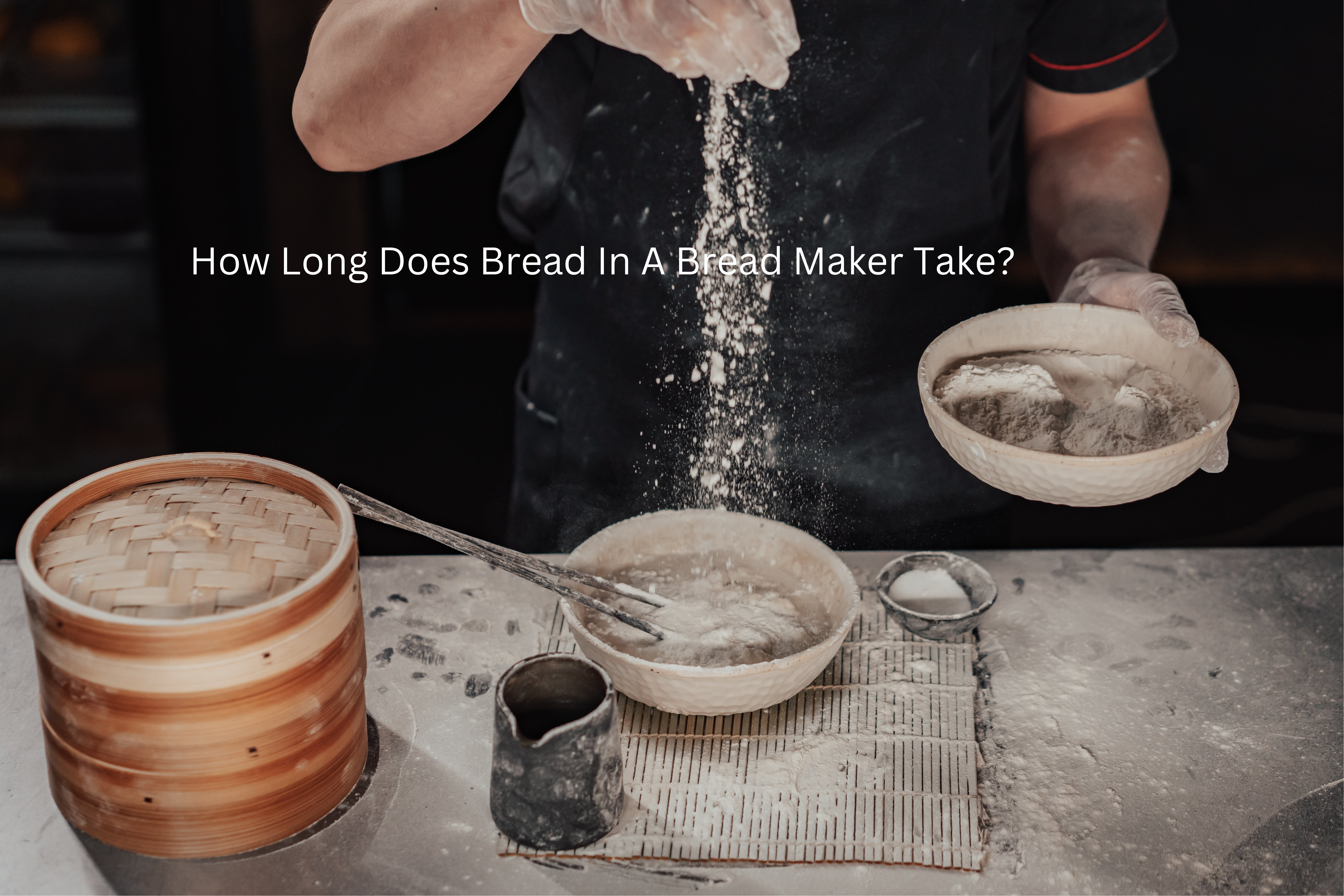Welcome to the wonderful world of bread making! Whether you’re a seasoned pro or just starting out on your baking journey, there’s something truly satisfying about creating your own fresh, homemade loaf. But when it comes to using the best bread maker, one burning question often arises: How long does bread in a bread maker actually take?
Well, fear not fellow bakers! In this blog post, we’ll dive into the factors that can affect the baking time in your trusty bread maker. From the type of bread you’re making to the settings and ingredients used, we’ll uncover all the secrets behind perfecting that perfectly golden crust and soft, fluffy interior.
So grab your apron and let’s get ready to explore how long it really takes for that delightful aroma of freshly baked bread to fill your kitchen!
Factors that affect the time it takes for bread to bake in a bread maker
Factors that affect the time it takes for bread to bake in a bread maker can vary depending on various factors. One significant factor is the type of bread you’re making. Different types of bread require different baking times due to variations in ingredients and dough consistency.
Another crucial factor is the size of your loaf. Bread makers come in different sizes, and the quantity of dough you use will determine how long it takes to bake. Larger loaves generally take longer than smaller ones as they require more time for heat to penetrate throughout.
The settings on your bread maker also play a role in determining baking time. Most machines offer options such as crust darkness, delay start, or even specific programs for different types of bread like whole wheat or gluten-free. These settings can influence the duration required as they adjust temperature, kneading time, and rising cycles accordingly.
Temperature and humidity levels in your kitchen can affect baking time too. If your kitchen is colder than usual, it may take longer for the dough to rise properly during fermentation stages. Similarly, if it’s exceptionally humid, excess moisture might prolong cooking time by affecting how quickly heat penetrates the loaf.
Ingredient substitutions or additions can impact baking duration too. For example, adding fruits or nuts may increase moisture content which could extend baking time slightly.
By considering these various factors that contribute to baking times in a bread maker, you’ll be better equipped to achieve consistent results with each delicious loaf you create!

The average baking time for different types of bread
When it comes to baking bread in a bread maker, the average baking time can vary depending on the type of bread you’re making. Different types of bread have different ingredients and requirements, which can affect how long they need to bake.
For basic white or wheat bread, the average baking time is typically around 3 to 4 hours. This includes the time needed for kneading, rising, and baking. However, more complex recipes like sourdough or artisanal loaves may require longer baking times due to their specific fermentation processes.
On the other hand, if you’re making quick breads like banana or zucchini bread in a bread maker, the average baking time is usually shorter. These types of breads don’t require yeast and rely on chemical leavening agents like baking powder or soda instead. As a result, the overall process takes less time – usually around 2 hours.
It’s important to note that these are just general guidelines and your specific recipe may have its own unique requirements. Always refer to your recipe instructions for accurate timing information.
Reducing the overall baking time in a bread maker can be achieved by using rapid-rise yeast instead of regular active dry yeast. Rapid-rise yeast eliminates one rise cycle and allows for faster proofing and baking.
Additionally, choosing smaller loaf sizes can also lead to shorter cooking times since there is less dough mass to heat through thoroughly.
Avoid common mistakes that could prolong your bake-time such as adding too much liquid ingredients or overcrowding the pan with too much dough. Follow your recipe carefully and measure accurately for best results.
When using a bread maker, understanding that different types of bread will require varying amounts of time will help ensure success with each bake!
Tips for reducing the baking time in a bread maker
If you’re eager to enjoy your freshly baked bread as quickly as possible, here are some tips to help reduce the baking time in your bread maker.
1. Use Rapid or Quick Bake Settings: Many bread makers come with special settings that allow you to bake bread in less time. These rapid or quick bake settings typically shorten the rising and baking times, allowing you to have a loaf of bread ready in just a fraction of the usual time.
2. Preheat Your Ingredients: To speed up the process, consider preheating your ingredients before adding them to the bread maker. This can be done by gently warming any liquids called for in the recipe or bringing refrigerated ingredients like eggs or butter closer to room temperature beforehand.
3. Adjust Yeast Amounts: Yeast plays a crucial role in determining how long it takes for dough to rise. If you want faster results, try increasing the amount of yeast slightly while ensuring not to go overboard and compromise on taste and texture.
4. Optimize Dough Consistency: A wetter dough tends to rise faster than a drier one since moisture creates an optimal environment for yeast activation. However, keep in mind that excessively wet dough might affect overall structure and shape of your loaf.
5. Select Smaller Loaf Sizes: Choosing smaller loaf sizes will naturally reduce baking times as there is less volume for heat penetration and therefore faster cooking throughout.
6. Monitor Temperature and Humidity: The ambient temperature and humidity levels can significantly impact rising and baking times when using a bread maker. Warmer environments tend to expedite fermentation while cooler temperatures slow it down.
By implementing these tips, you’ll be well on your way towards enjoying fresh homemade bread from your machine even quicker! Remember though – each recipe may require slight adjustments based on desired outcomes.
Common mistakes that can prolong the baking process
When using a bread maker, there are several common mistakes that people make which can significantly prolong the baking process. By avoiding these mistakes, you can ensure that your bread is ready in a timely manner.
One mistake to avoid is using cold ingredients. It’s important to use room temperature ingredients as this allows for proper fermentation and activation of yeast. Cold ingredients will slow down the rising process and extend the overall baking time.
Another mistake is adding too much liquid or not enough flour. The ratio of liquid to flour is crucial in bread making. If there is too much liquid, it will take longer for the dough to rise and bake properly. On the other hand, if there isn’t enough flour, the dough may become sticky and difficult to work with.
Furthermore, neglecting to preheat the bread maker can also increase baking time. Preheating helps create an optimal environment for baking by evenly distributing heat throughout the machine from start to finish.
Additionally, opening the lid during baking should be avoided unless absolutely necessary. Opening it prematurely releases heat and disrupts steam circulation within the bread maker, leading to unevenly baked bread and potentially increasing overall cooking time.
Not following recipe instructions or measurements precisely can result in prolonged baking times as well as undercooked or overcooked loaves of bread.
By being mindful of these common mistakes when using a bread maker, you can reduce unnecessary delays and enjoy freshly baked homemade loaves more efficiently!
Conclusion
In this article, we have explored the factors that can affect the time it takes for bread to bake in a bread maker. From the type of bread being baked to external elements like temperature and humidity, there are various variables that can influence baking time.
Different types of bread require different amounts of time to bake. While basic white or whole wheat loaves typically take around 3 hours from start to finish, specialty breads with added ingredients or longer rising times may take closer to 4 hours.
If you’re looking to reduce baking time in your bread maker, there are a few tips you can follow. Make sure your ingredients are at room temperature before starting the process as this will help speed up yeast activation. Additionally, using rapid-rise yeast instead of traditional active dry yeast can also shave off some minutes from your overall baking time.
Avoiding common mistakes during preparation and mixing is essential for ensuring optimal baking efficiency. Overloading the machine with too much dough or adding cold liquids directly from the refrigerator can prolong the process. It’s also important to accurately measure ingredients and follow recipe instructions closely.
While it’s natural to want quick results when using a bread maker, it’s important not to rush through certain steps like proofing and rising as these contribute significantly to flavor development and texture formation in your final loaf.
Remember that each brand and model of bread maker may have slight variations in terms of timing and settings so always consult your specific machine’s manual for guidance.
In conclusion (Oops! Sorry about that), understanding how long it takes for bread in a bread maker depends on several factors such as recipe complexity, rising times, ingredient temperatures, environmental conditions, and even user errors. By taking these factors into account and following best practices for efficient baking techniques, you’ll be well on your way towards enjoying delicious homemade loaves without having an extended wait!
So go ahead – dust off that old reliable appliance or invest in a new bread maker, and let the aroma of freshly baked bread fill your kitchen
